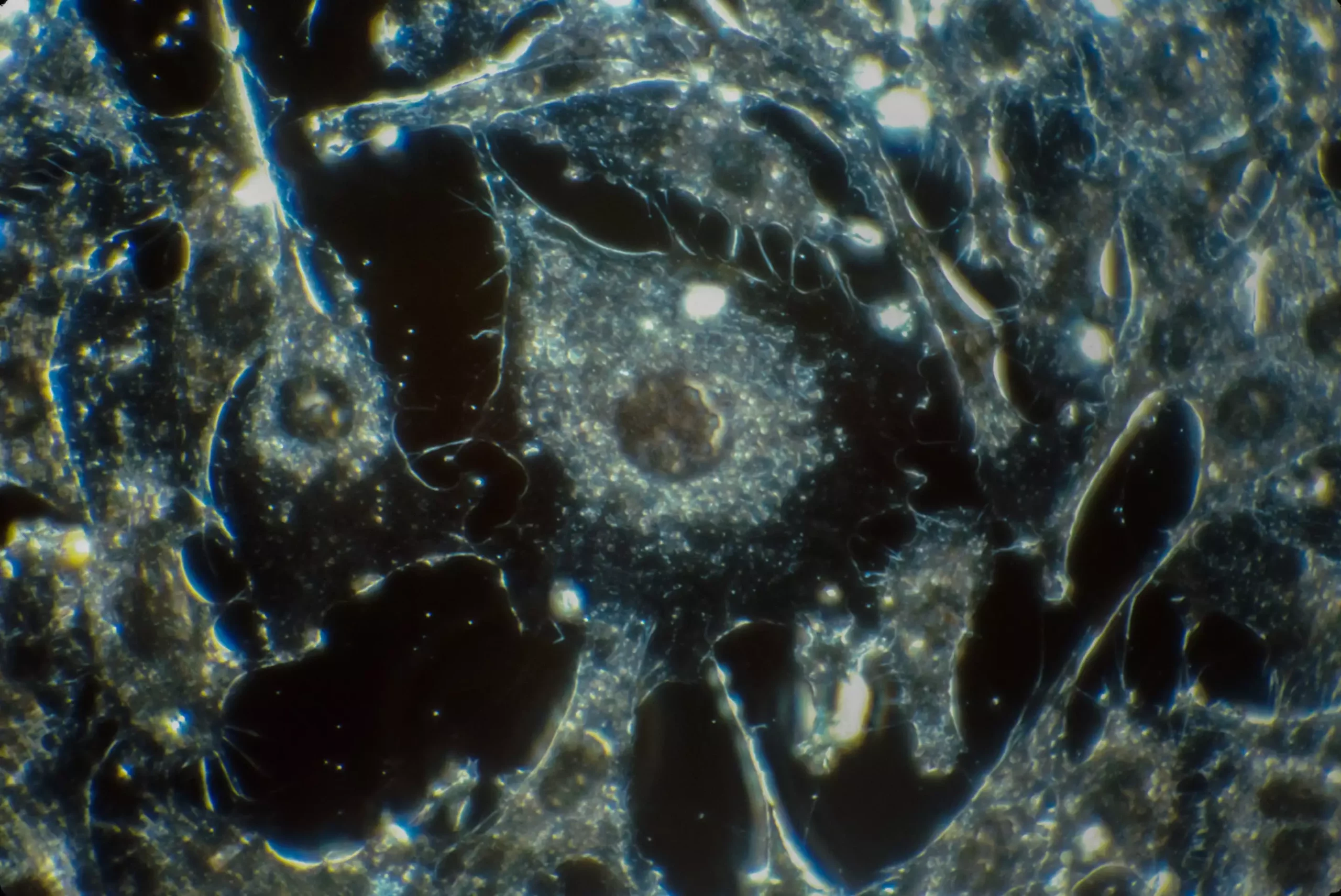Cancer research has long been on the forefront of scientific innovation, constantly seeking new methods and tools to detect, study, and ultimately cure this deadly disease. In a groundbreaking study conducted by scientists at the University of Colorado Boulder and Princeton University, a unique approach was employed to detect the atomic fingerprints of cancer cells using isotopic analysis normally used in geology. This innovative technique has the potential to revolutionize how cancer is understood, diagnosed, and treated.
Traditionally, the distribution of hydrogen isotopes has been used in fields such as geology and climate science to uncover secrets of our planet’s history. However, the research team led by CU Boulder geochemist Ashley Maloney explored whether these tiny atoms could provide insights into the metabolic processes of biological organisms, particularly cancer cells. By analyzing the ratios of hydrogen versus deuterium atoms in cell cultures of yeast and mouse liver cells, the team discovered that rapidly growing cells, such as cancer cells, exhibited a distinct isotopic signature. This novel approach could potentially lead to early cancer detection methods that are less invasive and more effective.
One of the key concepts driving this study is the understanding of metabolism in cancer cells. While normal cells generate energy through respiration, cancer cells often adopt a fermentation process to fuel their growth. This metabolic shift offers a unique opportunity to track and differentiate cancer cells from healthy tissue. By focusing on the hydrogen atoms sourced from nicotinamide adenine dinucleotide phosphate (NADPH), the researchers were able to unravel how cancer rewires a cell’s metabolic pathways, ultimately altering its atomic composition. This knowledge opens up new possibilities for targeted cancer therapies and personalized medicine.
Potential Impact on Cancer Diagnosis and Treatment
The implications of this study extend beyond the laboratory, offering hope for improved cancer diagnosis and treatment outcomes. Early detection of cancer is crucial for patient survival, and the ability to detect isotopic signals in cancer cells could be a game-changer. By harnessing the power of isotopic analysis, doctors may one day be able to diagnose cancer through non-invasive methods such as blood tests, leading to more timely interventions and higher success rates in cancer treatment. The potential applications of this research in real-world scenarios highlight the importance of interdisciplinary collaboration in the fight against cancer.
The use of isotopic analysis to uncover the atomic fingerprints of cancer represents a significant advancement in cancer research. By bridging the gap between geology and medicine, scientists have unlocked new insights into the metabolic processes of cancer cells, paving the way for innovative diagnostic tools and therapeutic strategies. This study serves as a testament to the power of interdisciplinary research and the endless possibilities that emerge when scientists push the boundaries of conventional thinking. As we continue to unravel the mysteries of cancer at the atomic level, we move one step closer to conquering this formidable disease and improving outcomes for cancer patients worldwide.



Leave a Reply